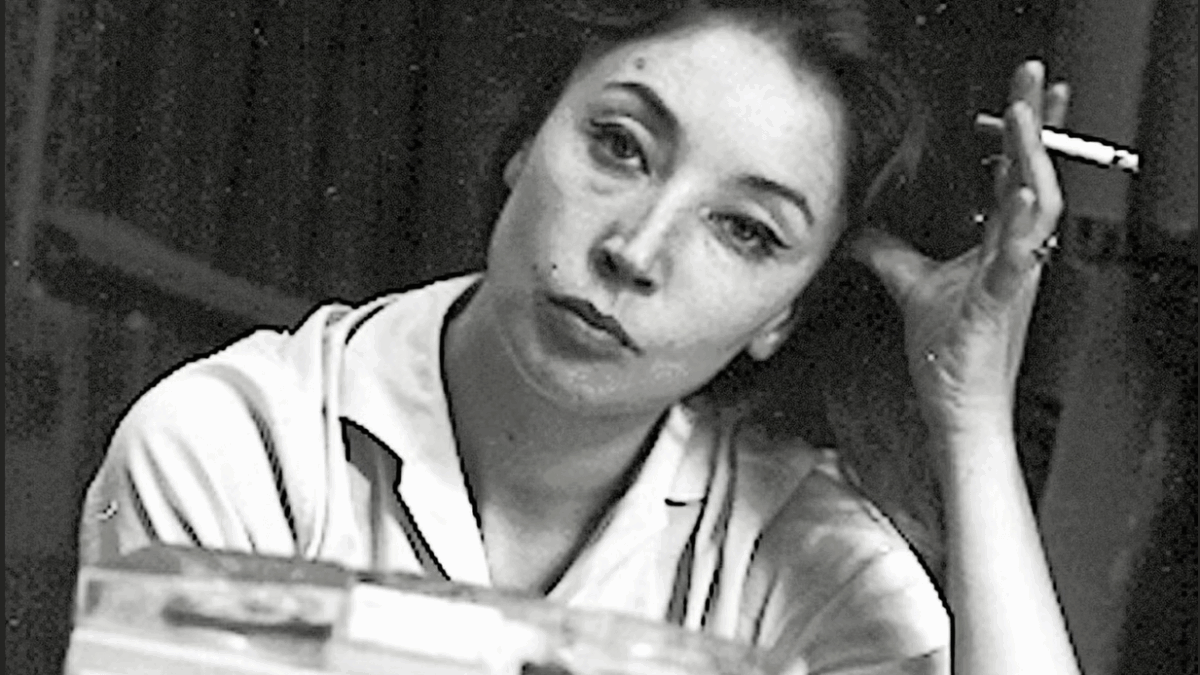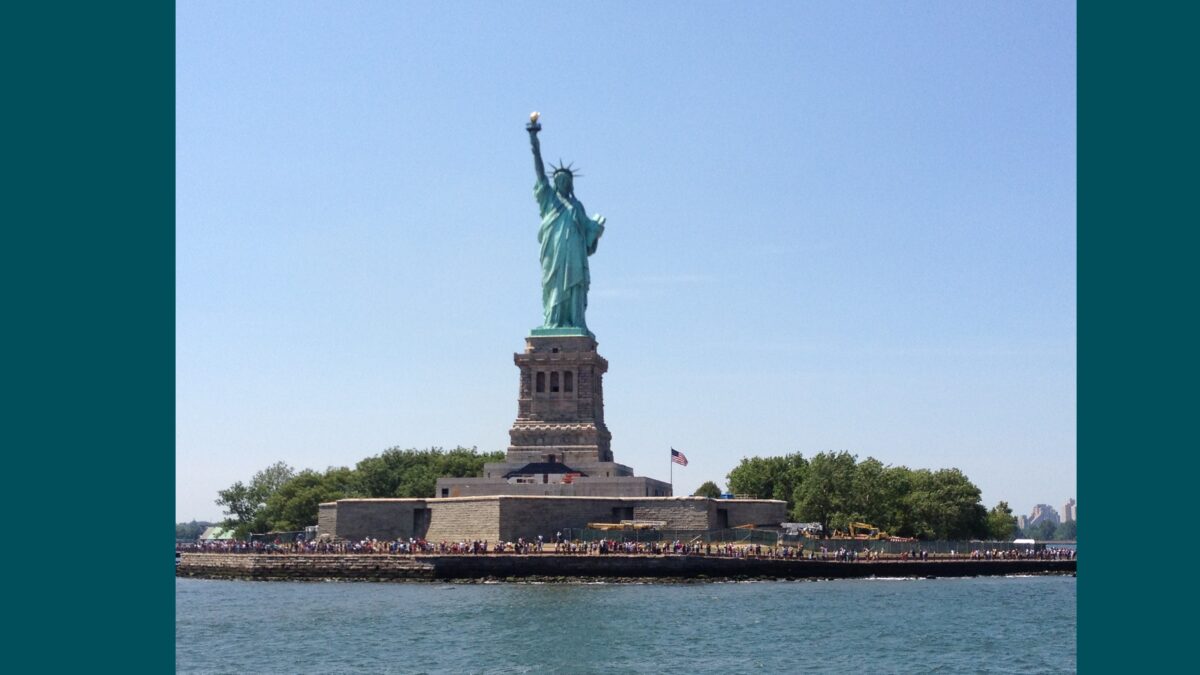Raising the curtain on the Philadelphia Pen Show
Long after the arrival of rollerball pens, and longer still since the advent of ballpoints, you might assume interest in fountain pens to be flatline dead, and yet it shows bliplets of life, one of them being the Philadelphia Pen Show.
The Philly show, which runs from today through Sunday (Jan. 13-15) at the Sheraton Philadelphia Downtown, typically kicks off the series of similar exhibitions that over ensuing months ranges from Baltimore to London, San Francisco to Tokyo, Washington to Mumbai. Although in recent years this circuit has operated, when it operated at all, under the pall of Covid restrictions, we can hope this season opener will signal that in 2023 the “pen community” is in high spirits and ready to get back to full normal.
What will be on offer? Fountain pens, predominantly, but also ballpoints and rollerballs, possibly dip pens and glass pens. Also inks that, owing to a surge in new manufacturers, are running riot in colors and such other varying characteristics as sheen and saturation and “presence.” Plus stationery, plus desk accessories, maybe watches. All sorts of stuff may end up on exhibitors’ tables.
Who will be there? Manufacturers, distributors, retailers, and traders. Also nibsmiths.
Nibsmiths? Yes, nibsmiths. There remain the few who make a business of tuning a fountain-pen nib so it will lay down the desired line — light or heavy, uniform or calligraphic — and run over paper with perfect smoothness or a touch of tooth.
Yet most people at the show will just be users, like me, people who even in this digital age still cling to writing instruments with antecedents in the reed pens of ancient Egypt. Why?
Ask Richard Binder, nibsmith and pen-book author: “When I write with a fountain pen, it’s as if I have a little breathing space, a little time to marshal my thoughts, a momentary escape from feeling always under the gun.”
Indeed, that pause and, these days, that withdrawal, if brief, from screen time — that Zen with a pen.
READ MORE — Richard Koenig: 2022 in review
Further, here’s Nathan Tardif, creator of Noodler’s Ink, speaking of ancestors whose handwritten pages have passed down the generations: “You can see their hand as it was alive. It’s a certain immortality on that page.”
And a precious gift it is: that enchantment a great-great-grandchild finds in a scrawled note evincing a long-ago life as it was still being lived.
A little history. The useful fountain pen — a pen that didn’t burp ink — was mostly an American invention, but the companies that took their names from their founders (Parker, Waterman, Sheaffer) were then absorbed into conglomerates. Production largely moved offshore, and there it largely stayed until this century, when a growing number of entrepreneurs with ink on their fingers saw opportunity.
You don’t have to go further than Philadelphia to find one of them: Ian Schon. It happens that he is making pen-world news as the Philly show opens. For Schon DSGN has just launched its “Monoc” nib — a fountain-pen nib made in-house. In-house!
So what? you say. Understand that most pen makers outsource their nibs — steel, gold, or titanium. They may put logos on them, order them to specifications, tune them, or alter them once they come in-house. Yet I can’t bring to mind as many as a dozen pen companies around the world that fashion their nibs from scratch, the most prominent among them being factory-sized operations with an industrial heritage going back a century or more. The experience is deep, the sunk cost heavy.
How then to explain Schon, a tousled-haired, 32-year-old engineer working out of a small Philly workshop? In 2011, he mounted a Kickstarter campaign from his home to finance work on an aluminum pocket pen. He went on to set up a tiny company (himself and two assistants), diversify the product line, and earn a close following among pen enthusiasts. Now, in the way he has machined the Monoc from titanium stock, he has brought forth something truly novel.
It’s also a ways up-market, as might be expected of an innovation years in development and now made to order. The Monoc fitted to a pen that also is new to the Schon DSGN product line runs $400, that is, $400 for the full nib-plus-pen package. (The company website has details about the Monoc up-charge to other pens.)
The Philly show will be the Monoc’s debut. Look for a crowd at the Schon table, eager to see how this nib writes.
There was reward enough in making that tactile connection to language, in seeing the dark liquid ooze from my pen and then dry into marks that were uniquely mine — nothing quite like them could issue from another’s hand.
Show-goers will also be collecting at the table of Franklin-Christoph, the show sponsor. It might once have been said of Scott Franklin, who founded the company in 2001, that he was the Henry Ford of his industry: He could satisfy your color preference in acrylic pens so long as it was black (with sometimes a band of “creme”). The single color called attention to the barrel grooves, the beveled ends, the block threads, the recessed nibs. Although not all these design elements were in every pen as the models proliferated, there emerged an underlying aesthetic, spare yet distinct. You tended to know a Franklin-Christoph when you saw it.
Franklin has since ventured into color: bits of it at first; then, along with various smoke- or ice-like translucencies, a pallet that is typically cool and restrained, which is to say not always. Look for flourishes amid the one-off items and prototypes reserved for pen shows. Also popular will be the nib-testing station. I’ve lost track of how many nib types Franklin-Christoph offers, German-sourced but some of them ground or otherwise altered in-house for line variation and flex.
Ian Schon need only cross town to get to the Sheraton. Alan Shaw of Shaw Pens will make the short trip from Cheltenham. He caught the pen bug as a school boy (some decades ago), once possessed a personal pen collection in the hundreds, and then learned the craft of making these objects of his desire.
But Scott Franklin will traveling from North Carolina, where he recently opened a new production facility. Greg Hardy and son Gavin of Hardy Penwrights will come in from western New York, their wares to include items featuring elaborate metalwork. Jim Hinze of Hinze Uniscape will journey all the way from Texas, bringing with him models of ebonite, a favored material during fountain pens’ Golden Era of the 1920s-1930s and now back on the scene.
For buyers, then, times are good. Yet across the country so many pen enterprises have cropped up, some now with an international reputation, others yet little known, that the question arises whether a shake-out lies ahead. There are start-ups abroad as well, to say nothing of the old-line European and Japanese companies and new competition from China, Taiwan, and India. What still favors survival, apart from the artisanship on display stateside, are the lower marketing and distribution costs made possible by the internet — the digital enables the analog. What else would help? Renewed emphasis on penmanship in primary education.
Let’s talk cash. Anything from the new American pen makers will usually run in the neighborhood of $150 to $300, but it can go well north of $500. Add something over $100 for a gold nib.
Your options at the Philly show, however, will go way beyond what I’ve touched on here. You can pick up a perfectly serviceable Platinum Preppy from Japan for less than $10. If, on the other hand, a Montblanc Meisterstück Glacier Solitaire from Germany is on offer, and if you fail to keep your wallet pocketed, you will be shelling out nearly $2,000. That gets you a rhodium-coated, 18-karat gold nib and a translucent blue-lacquered barrel and cap representing, as what must be a hyper-excitable marketing team puts it, “the geometrical refractions of ice crystals” on “the mystical glaciers of the Mont Blanc mountain.”
Yet bling’s not the thing — not for me, anyway. My obsession is rooted in distant days when we kids learned to write longhand with dip pens wetted in the ink pots on classroom desks. It hardly mattered that my script, God-awful then as now, never merited high grades. There was reward enough in making that tactile connection to language, in seeing the dark liquid ooze from my pen and then dry into marks that were uniquely mine — nothing quite like them could issue from another’s hand.
I found wonder in that, and still do.
Richard Koenig is the author of the Kindle Single No Place To Go, an account of efforts to provide toilets during a cholera epidemic in Ghana.





Thank you! As a fountain pen user I look forward to getting into Philadelphia to attend the show. Thank you for linking the sites of the vendors you mentioned if it turns out that I must miss it. I regularly use my MontBlanc and my Dryden. It is interesting to see the terror that comes across someone’s face when they ask if they can borrow a pen and I offer them a fountain pen.